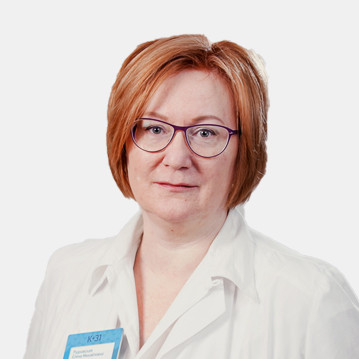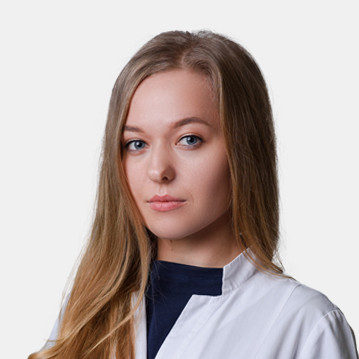
Post-traumatic eye complications are diseases or conditions that develop as a result of the negative impact of traumatic factors. Usually these are blows, concussions, penetrating wounds, foreign bodies of the eyes. Most of them require surgical treatment of varying degrees of complexity.
Postoperative complications are a relapse of the disease, during the treatment of which the operation was performed, or pathological conditions arising from non-compliance with the doctor's recommendations. May require repeated surgical procedures.
The main complaints of patients with the development of complications after trauma or surgery:
- Decreased visual acuity.
- Pain and pain in the eyes.
- Redness of the sclera.
- Lachrymation.
- Swelling of the eyelids.
- Hemophthalmus (outflow of blood into the vitreous body).
- Blurring, doubling the contours of objects.
- Difficulty focusing when looking from closely spaced objects to those standing in the distance and vice versa.
Post-traumatic complications
Most often, after an injury, the following pathologies occur:
- Retinal detachment and rupture.
- Cataract.
- Glaucoma.
- Rupture of the eyelids.
- Corneal injury.
- Optic nerve atrophy.
- Dislocation of the lens into the anterior chamber of the eye.
These conditions require medical attention and in most cases are treated with surgery. Ophthalmologists of our clinic have at their disposal equipped operating rooms with modern equipment that allow them to carry out intraocular interventions of almost any complexity. In many cases, low-traumatic, seamless and painless operations significantly reduce the rehabilitation period.


